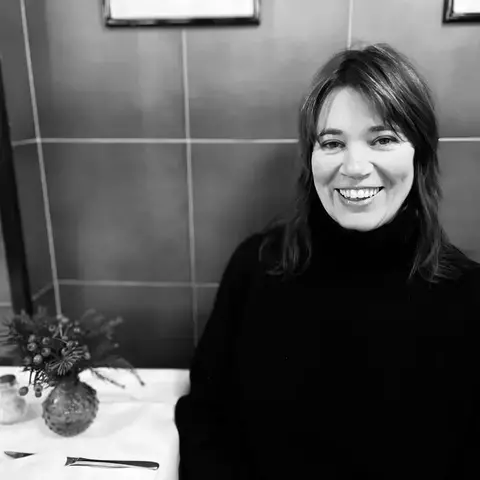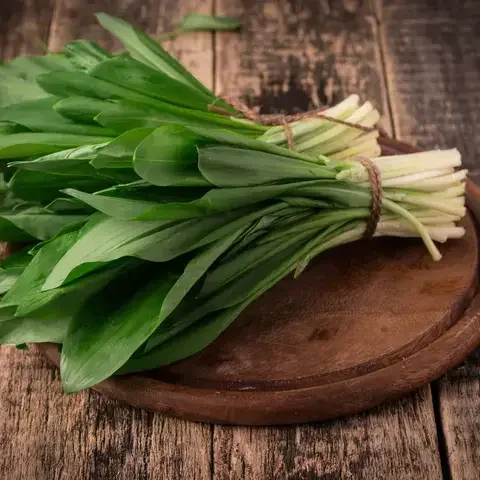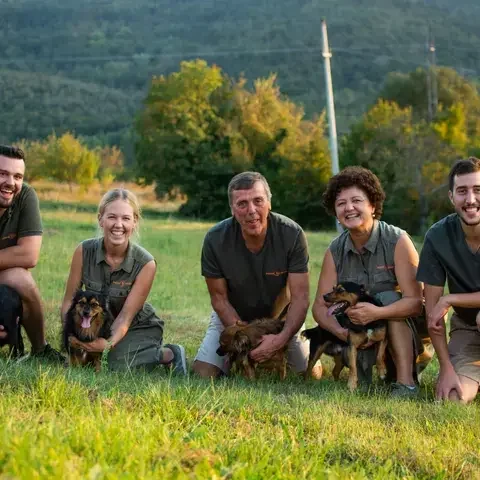Ashley Palmer-Watts is speaking on Zoom in his family home, his chef whites are off, and he's surrounded by tasting profiles, chocolate discs and packaging samples. He's relaxed and armed with a very good cup of coffee.
It's been 18 months since the 43-year-old left the Fat Duck Group after two decades as Heston Blumenthal’s head chef at three-Michelin-starred The Fat Duck in Bray and Dinner in London, a relationship that was "longer than most marriages". And while he doesn't miss feeling knackered, life has never been busier.
He has taken on a brand-new project of passion, after plans to open his own place folded with the arrival of the pandemic. Instead, he spent months immersed in the world of coffee, and co-founded Artisan Coffee, a small UK e-commerce company that's developing a coffee range in a different way.
It's been a big learning curve, but Palmer-Watts has applied the 'Heston side' of his upbringing, as he calls it - "looking at how science and cooking join together" - and applying that philosophy to creating new and accessible coffee blends. “It's more about understanding what's happening. Applying more measurement and understanding that can allow you to achieve something and move things forward in quality,” he explains. "It’s been great to work with marketeers and understanding what goes into a product on the shelf. It’s extraordinary."
The chef has dedicated himself to the science, leafing through pages of research on coffee drinking habits, getting a handle on high-level scientific data from a professor of coffee freshness at Zurich University, working with one of the world’s few Q Graders (coffee sommeliers), and trying not to get rumbled whilst scooping up armloads of coffee samples at his local supermarket.
But he’s taken that chef tenacity that kept him at the top of his game and channelled it into trying to make the best coffee around. “I’ve probably tasted over 1000 blends over the past year in different formats. It’s all documented and scored, it’s been quite an amazing process,” he says. These days he's just as happy geeking out on coffee-to-water ratios as talking de-gassing, nitro flushing and aroma molecules.
“Obviously, I’ve learnt a lot more since I started, I’ve got more back into the science of what’s happening, really getting into the nitty gritty. Rationalising through a conversation. Distilling information into logic.”














